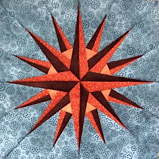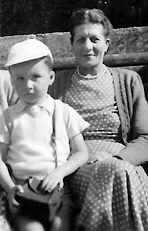Des Lewis will be 77 years old on 18 January 2025
Those who have read these episodic brainstorming reviews of mine must know they are very personal — rough-shod and spontaneous. Synchronicity and anagram mixed. I know they are not professional, never potentially publishable other than in the madness of my head, but I do hope they show grains of dark truth and cosmic panache.

These Des Lewis Gestalt Real-Time Reviews were founded in 2008.

‘What’s the loveliest word in the English language, officer? In the sound it makes in your mouth, in the shape it makes on the page? What do you think? Well now, I’ll tell you: E-L-B-O-W. Elbow.’ — THE SINGING DETECTIVE

“How shall a man find his way unless he lose it?” — Walter de la Mare

To any current genre author I have reviewed before — if you have a new story recently published or soon to be published in a collection or anthology, you may have a review by me of the story that also showcases where it is published. See HERE. (This is because I am no longer well enough to review as many books as I once did.)
Fresh Fictions, free to read HERE.
No AI input in preparation of my texts whatsoever.
THE NEW NONSCENIC
Photos here: https://conezero.wordpress.com/2024/02/24/d-f-lewis-recent-photos-1/
“, all became so as death and art wove its tapestry upon them.”
…being words written near the start of this novella. Meanwhile, I guess this work depicts an alternate real world renaissance of a future past Avignon after some pandemic or worse where art is the breaking of what went before, as it has always been, of releasing figures from stone blocks, and it also depicts a long uni-streamed family called Laronde towards a destiny of twins, the first non-onlychild inheritor of the family’s singular artpower, repercussions of which effectively killing both their parents amid the tumultuous birth-pangs in emerging from the womb, for them at that point to soon become brother-and-sister rivals in what they started creating for the family’s architectural zenith of sculptures and paintings in the domed La Ronde chamber — yes, rivals in art, but also rivals in elaborate but often fast-enthusiastic love with beautiful people in the city outside. This is a plot steeped in a blended texture of the literary version of rococo and classical, demonstrating a hypersensual, yet studiously carved, prose. I have long spoken of a riskily overweening passion of the moment when real-time reviewing books rather than when normal reviewers conduct a studied backward look with considered analytical reactions. As well as praising this novella’s characterisation and style, this my review represents one such passion of the moment, a gestalt real-time moment, a momentous moment, one that lasts as long as I physically write these words that you are reading now, particularly when I deep-shudder at this book’s reference to Art’s ‘verity of the moment’ in perhaps ironic contrast to the impulses represented by each of the twins at the cataclysmic climax of their rivalries — and, in many ways, the earlier mention by this book of a potential brother-and-sister ‘collaboration‘, here, now, is represented by an unspeakable selves-destructive co-mutual co-vivid optimum of a new world’s renaissance in art-creativity.